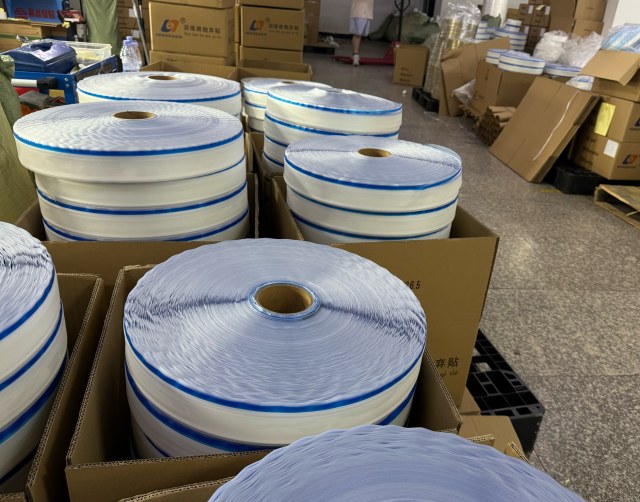Author:Hengdaxin Diaper Material SupplierFROM:Diaper Materials Manufacturer TIME:2024-08-07
Sanitary napkins, an essential part of feminine hygiene products, rely on a variety of raw materials to ensure comfort, absorbency, and overall effectiveness. Understanding the functions, applications, and price factors of these raw materials is crucial for manufacturers and consumers alike.

Sanitary napkin raw materials encompass a range of components designed to enhance absorbency, comfort, and hygiene. These materials are carefully selected and combined to create products that meet the diverse needs of users.

The absorbent core is the heart of a sanitary napkin, responsible for trapping and holding menstrual flow. Materials like wood pulp, superabsorbent polymers (SAP), and fluff pulp are commonly used. SAPs are particularly effective due to their ability to absorb large amounts of liquid relative to their weight.
The topsheet, typically made from non-woven fabric, sits against the skin and must be soft, breathable, and non-irritating. Meanwhile, the backsheet provides leakage protection and is often made from impermeable materials like polyethylene to prevent fluid penetration.
Adhesives and sealants are crucial for keeping the sanitary napkin components together and ensuring a secure fit during use. Hot melt adhesives are commonly employed due to their strong bonding properties and resistance to moisture.

Elastic materials such as spandex or Lycra are used to provide flexibility and shape retention in sanitary napkins. These materials help in forming the contours of the product to fit the body comfortably while maintaining a secure fit.
To enhance user experience, some sanitary napkins include fragrances or odor control agents. These materials help mask odors and provide a fresh feeling during use.
Increasingly, manufacturers are focusing on using sustainable materials and reducing environmental impact. Biodegradable materials, organic cotton, and recycling initiatives are gaining popularity to address these concerns.
The cost of sanitary napkin raw materials is influenced by factors such as availability, quality, and demand. Fluctuations in raw material prices, advancements in technology, and consumer preferences for eco-friendly products are shaping market trends.
In conclusion, sanitary napkin raw materials play a critical role in ensuring the performance, comfort, and sustainability of feminine hygiene products. As technology advances and consumer awareness grows, the industry is likely to see further innovations in material sourcing and product development.
This article provides an overview of the functions, applications, and price factors of sanitary napkin raw materials, highlighting their importance in the industry.